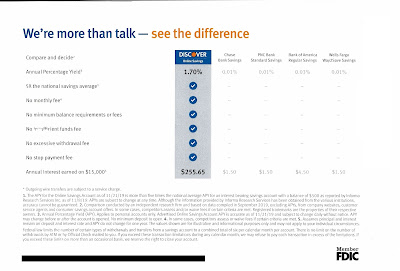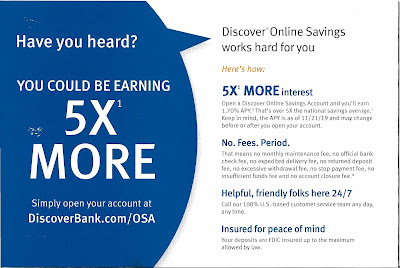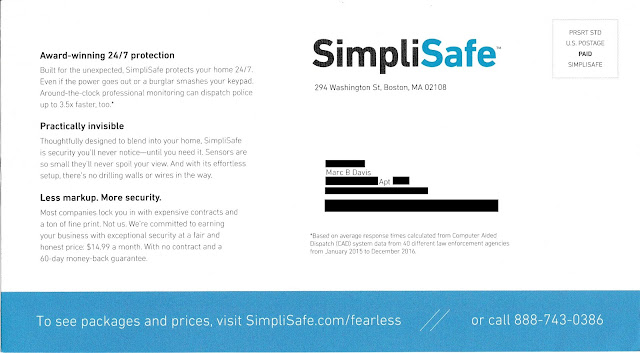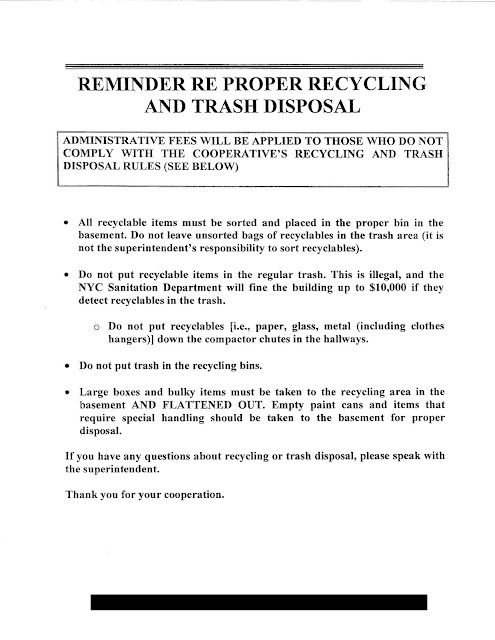Preparing
an acquisitions direct mail acquisitions campaign mailing list takes time -- sometimes, a lot
of it. Typically, a preliminary list needs to be pulled from an
external database, checked against one (or several) internal databases, and
sent to a lettershop. Depending on
the state of your business’s files and how antiquated your systems are, this
process can easily take a month. After receiving your mailing list, the
lettershop typically needs three to five business days to personalize your
mailing, prepare it for mailing per postal service guidelines, and get it in
the mail. Once a large-scale Standard Rate mailing
is in the mail, it can take the USPS about a week to deliver it.
That’s
about six weeks to execute an acquisitions direct mail campaign -- not including creatively
developing and printing the mail, which can hopefully be a concurrent
step. Nor does it include planning the mailing, determining costs, getting cost
approval from management (or, if you run the business, ensuring you have the
money to spend), training people at the inbound call center and customer
service to react to customer responses, preparing the website for online
responses, and setting up the business’s internal procedures to process sales
to new customers. Whew!
While you
are soliciting new customers, you might take efforts to make existing customers
more profitable. This means differentiating your prospective customers from your existing customers.
Understanding who your own customers are, from your own internal database, is
something I call “Small Data.” This is where Spectrum and Discover merit
a Fail for Targeting.
In
December, I was already a Spectrum customer for high-speed
internet when I received a self-mailer offering a cable TV package. That was a
valid attempt at upsell. However, on the same day, I
received a nearly identical-looking self-mailer offering a high-speed internet
and cable TV bundle. The upsell mailer was addressed to me, while the
acquisitions mailer was addressed to “Current Resident” with a salutation of “Dear
Neighbor.”
Given that
I received both self-mailers on the same day, I presume they both had been mailed
from the same lettershop with separate mailing list files released to the
lettershop on the same day. Spectrum could have (during their weeks of
preparing the mailing lists) deduped actual customers from the
prospect file; however, they obviously did not. Perhaps this was a timing issue
-- but I’d signed up for Spectrum Cable in early October. Even a company as
large as Spectrum should be able to run a customer check given that much lead time.
 |
| Spectrum self-mailers envelope back |
 |
| Upsell roll-out panel & letter |
 |
| Acquisitions roll-out panel & letter |
 |
 |
| Upsell Letter |
These two packages demonstrate non-optimized list hygiene.
With Spectrum, there could have been an internal issue related to timing of removing new customers from prospect lists; however, the same can’t be said for Discover Online Savings Bank. I recently received a self-mailer addressed to me, inviting me to open a new online savings account. Nice creative, but I opened the type of account with Discover Bank in 2018.
 |
| Discover Bank Address panel |
 |
| Back panel |
 |
| Inside panels |
A business needs to value its
customers by not confusing them with prospective customers. Or to
paraphrase Hamlet, “To thine own customer be true.”
Lesson:
Remove customers from your prospect mailing lists on a timely basis.






































